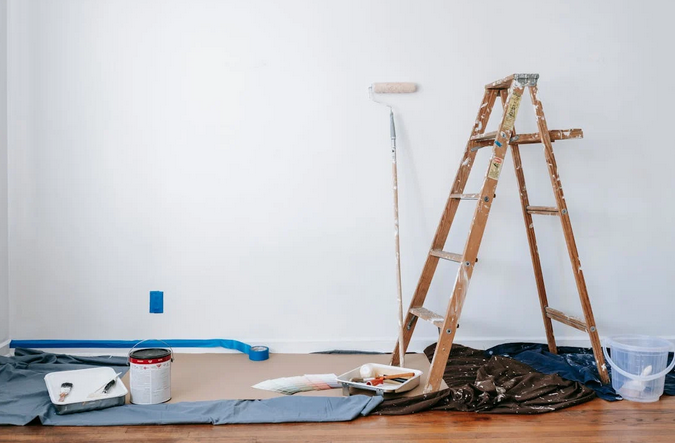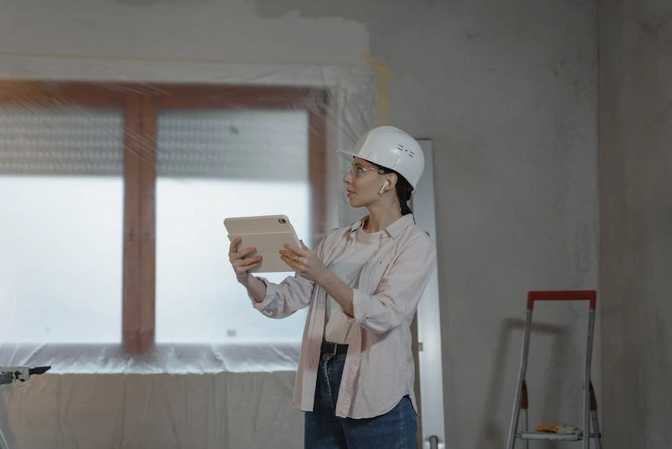Are you ready to take on some DIY home improvement projects but not sure where to start? Before you break out the paintbrushes and power tools, there are a few key factors to keep in mind that will ensure your project is a success. From setting a realistic budget to choosing the right materials, this blog post will guide you through everything you need to know before getting started on your next home improvement adventure. So grab your tool belt, and let’s get started.
Budgeting
First and foremost, set a realistic budget for your DIY project. Consider the cost of materials, tools, permits, and any unexpected expenses that might arise. It’s easy to underestimate how much a project will cost, so it’s wise to add a buffer to your budget. This way, you won’t be caught off guard if prices fluctuate or if you need to buy additional supplies.
Time Management
Assess the time required to complete your project. Many DIY enthusiasts underestimate the time needed, leading to unfinished projects and frustration. Be honest about your availability and set a realistic timeline. If you’re tackling a large project, break it down into smaller tasks and set milestones to keep yourself on track.
Skill Assessment
Be realistic about your skills and expertise. While DIY projects can be a great way to learn new skills, certain tasks might be beyond your current abilities and could require professional help. Installing wires, fixing plumbing issues, and replacing base cabinet bottoms like a pro are areas where it might be safer and more efficient to hire an expert. In short, you need to know when to DIY and when to call in the experts.
Safety
Safety should always be your top priority. Ensure you have the necessary safety gear, such as gloves, goggles, and masks. Familiarize yourself with the safe use of tools and equipment, and never rush through a task that requires precision. If you’re working with hazardous materials, make sure you follow proper handling and disposal procedures.
Material Selection

Selecting the right materials is crucial for the success and longevity of your project. While it might be tempting to go for cheaper options, investing in quality materials will save you time and money in the long run. Research the best materials for your specific project and consult with professionals if needed. Remember, quality materials will enhance the durability and appearance of your work.
Permits and Regulations
Before starting any significant home project, check if you need permits or if there are any local regulations you need to follow. Failing to obtain the necessary permits can result in fines or having to redo the work. Visit your local government’s website or contact the building department to find out what’s required for your project.
Environmental Impact
Consider the environmental impact of your project. Opt for sustainable materials and practices wherever possible. Reuse and recycle materials and choose energy-efficient solutions. Not only will this be better for the planet, but it can also make your home more energy-efficient and reduce long-term costs.
Planning and Design
Spend time planning and designing your project before you start. Visualize the result and ensure it aligns with your home’s overall aesthetic. Use design software or draw sketches to get a better understanding of how the final project will look. Proper planning will help you avoid mistakes and ensure a smoother process.
Starting a DIY home project can be a fulfilling endeavor, but it’s important to approach it with careful planning and consideration. By budgeting appropriately, managing your time, assessing your skills, prioritizing safety, choosing quality materials, understanding permits and regulations, being environmentally conscious, and planning thoroughly, you’ll set yourself up for success. Now, roll up your sleeves and get ready to transform your space.

Leave a Reply